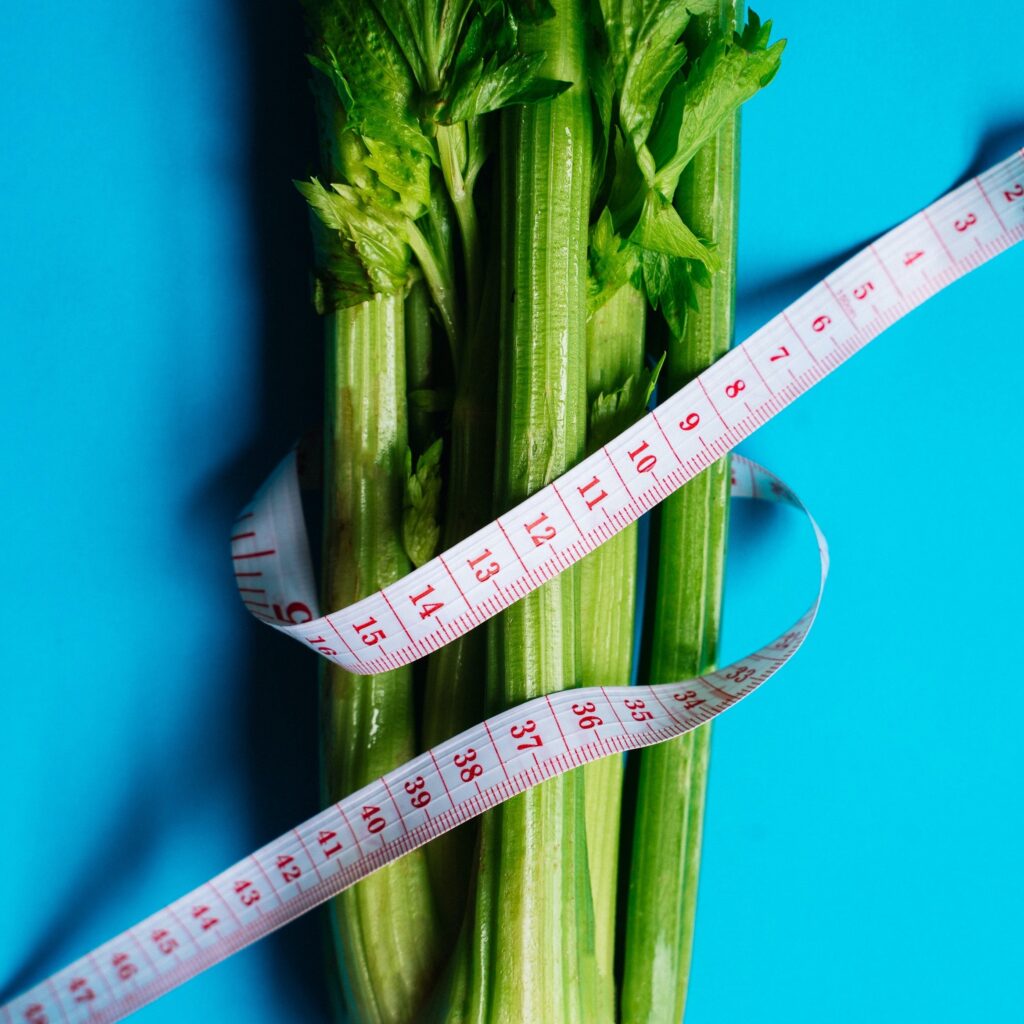TOPIC · FAT BURNING
EVERYTHING YOU NEED TO KNOW
ONLINE CONSULTATION
If you need a more personal approach I’m just a phone call away.
Did you know..
- Weight loss is not the same as fat burning.
- Weight loss is a decrease in your overall body weight from muscle, water, and maybe fat.
- Fat loss or fat burning refers to weight loss from fat.
- Is a more specific and healthful goal.
- Whether your body stores or burns fat is controlled by hormones.
- You will NEVER burn fat if the fat storing hormone Insulin is at work.
- Fat burning exercise zones are a myth invented by the fitness industry.
- We burn most fat when resting – as much as 85% of calories burned are fat.
- We lose 50% or more of our fat burning hormones by the time we are 50.
- When you focus on fat loss rather than weight loss you.
- Decrease the risk of several chronic diseases.
- Help reduce the risk of age-related muscle loss.
- reduce fat regain.
Meet Sally and get to know all about fat burning
Intro
Fat burning 101
What happens to fat when it's burned
How to control Insulin
Know your fat chains
Fat burning 101
Burning Fats from Foods
- Fats from foods are broken down by digestive enzymes in the gut to free fatty acids.
- The fatty acids can be saturated or unsaturated, short, medium or long chained.
- Short and medium chained fatty acids burn very quickly and don’t need help getting into the mitochondria.
- Medium and short chain fatty acids are put to work almost exclusively for energy.
- Long chain fatty acids need the molecule Carnitine to get into the mitochondria.
- Insulin inhibits Carnitine
- The free fatty acids once absorbed are transported to the cells needing to make energy, such as muscles.
- Cell mitochondria oxidise / burn fatty acids to make the energy molecule ATP.
- This process requires oxygen.
- The by-products of fat-burning are expelled from your body through sweat, urine and your breath as carbon dioxide.
- Excess fat from the diet is stored in fat cells as triglycerides – 3 fatty acids bound together.
Burning Fat from Fat Cells
- Fatty acids in fat cells are stored as triglycerides and need to be broken down to the free fatty acids which needs the hormone HSL – Hormone Sensitive Lipase.
- Insulin inhibits HSL
- 2 hormones signal the release of free fatty acids from fat cells:
Glucagon – released when blood sugar is low
Adrenalin – released in response to fight or flight aka acute stress
- The free fatty acids then travel through the body to reach the target cells, such as muscles
- The by-products of fat-burning are expelled from your body through sweat, urine and your breath as carbon dioxide
Conclusion
Burning LCT fat in the diet and the fat stored in fat cells is almost impossible if Insulin is over-produced.
Where does Fat Go when you Burn it?
- Fat converts to carbon dioxide and water in the mitochondria.
- Carbon dioxide is exhaled.
- Water mixes into circulation until it’s lost as urine or sweat.
- 10 pounds of fat = 8.4 pounds of CO2 and 1.6 pounds of water.
Signs you’re Fat Burning
Losing weight doesn’t necessarily guarantee you’re burning fat. Check the following signs and tips to make sure its fat you’re burning and not muscle.
- Measure body composition – this differentiates between fat loss and muscle loss.
- Use skinfold callipers to estimate your body fat percentage.
- Measure waist size – this is an excellent indicator of fat burning, especially visceral fat
- You don’t crave food
- Go longer between meals
- Less brain fog
- Stable blood sugar.
Meet the Fat Burning Hormones
Thyroid Hormones – Free T3 and Free T4
- The masters of your metabolism
- Drive energy production in every single cell in your body
- Careful not to go too low carb as this will decrease Thyroid hormone production
Adrenaline
- Also known as epinephrine
- Revs up energy production via the sympathetic nervous system – think fight-or-flight reactions
Glucagon
- Insulins pole opposite
- Increases blood glucose by increasing the conversion of stored fat to glucose in the liver
Testosterone
- Builds muscle mass which is very energy hungry tissue
- Thereby indirectly increase fat burning
Growth Hormone
- Increases the breakdown of triglycerides to free fatty acids
Adiponectin
- Produced by fat cells
- Increases breakdown of triglycerides.
- Increases insulin sensitivity
Leptin
- Produced in fat cells
- Prevents over eating by telling the brain when you have taken on enough fuel aka food.
Meet the Fat Storing Hormones
Insulin
- The main fat storing hormone
- Prevents the breakdown of triglycerides to free fatty acids
- Prevents LCT’s entering the mitochondria to be oxidised to make energy ATP
Estrogen
- Dictates that fat is stored on the breasts, hips, buttocks and thighs
Cortisol
- High levels can cause overeating
- High levels make muscle cells resistant to insulin
- Dictates that fat is stored centrally aka tummy fat
Leptin Resistance
- the brain becomes resistant to Leptins ‘satiety’ messages increasing overeating
Gherlin
- Levels of the hunger hormone don’t drop increasing overeating
Neuropeptide Y (NPY)
- Produced by cells in the brain and nervous system
- Stimulating appetite, particularly for carbohydrates
- Elevated during times of stress, which can lead to overeating and abdominal fat gain.
Know your blood sugar
One of the most important actions you can do for health is getting to know your blood sugar level and what affects it.
Blood sugar can fluctuate throughout the day — especially after meals, after exercising, and during stressful events. Get to know yours.
Where should it be?
- EU & UK – 4 – 7.4 mmol/L or 72 – 140 mg/dL
- US – 4.4 – 7.2 mmol/l or 80 – 130 mg/dL
Test your blood sugar
- The only way you will really know is to test
- Check it regularly, even if you don’t think you have problems with blood sugar
- Especially if your body shape, your lifestyle has changed ie. COVID, even if you’re not experiencing symptoms
Get your doctor to test your HbA1c
- Normal – 31 – 42 mmol/mol (DK says 44mmol/mol)
- Prediabetic – 42 – 47 mmol/mol
- Diabetic – > 48 mmol/mol
- During Pregnancy last 2 trimesters – 20 – 31 mmol/mol
Blood glucose meter / monitor
- Can be bought at the chemist and online
- Measures blood via a finger prick.
- Most affordable
- Are small and portable
- Accurate and instant
- BUT just give a snapshot picture
Continuous glucose monitor (CGM)
- Provide real-time blood sugar, readings every few minutes.
- Insertion of a tiny sensor underneath your skin
- Measures your interstitial glucose level (tissue fluid around your cells)
- Sends the information to a pager-like monitor, or an app on your phone.
- Alarm sounds if your blood sugar becomes too high or too low.
- Often require a finger prick at least once a day to calibrate the device.
How Sticky is Your Blood?
- Sticky blood refers to a process called glycation where higher blood sugar levels will increase glycation and the production of ‘advanced glycation end products – in short AGE molecules.
- Glucose sticks to proteins and other molecules in the blood.
- HbA1c blood test refers to the amount of glucose stuck to the iron / haem in your red blood cells.
- Also sticks to other proteins, such as collagen, making it stiff – not good for skin.
- These AGE molecules are BIG and as the blood gets to the periphery, such as toes, eyes, kidneys, etc these molecules are too big to pass and get stuck, blocking the blood flow.
- This causes those very serious side effect, such as amputation of your toes, feet, legs, etc, kidney failure, blindness, oh and by the way guys you don’t want to know what happens to your penis – well you should want to know as blood flow is essential for an erection.
Measuring HbA1c – Haemoglobin A1c
- A blood test used to diagnose and monitor diabetes
- An calculation of the average blood sugar levels throughout a 3 month period
Reference Range
- Normal – 31 – 42 mmol/mol (DK says 44mmol/mol)
- Prediabetic – 42 – 47 mmol/mol
- Diabetic – > 48 mmol/mol
- During Pregnancy last 2 trimesters – 20 – 31 mmol/mol
Read more about reference ranges in the blog measuring health.
Decrease Your Need for Insulin
There is only 1 way to decrease your need for Insulin – monitor and control blood sugar aka blood glucose.
Monitor Blood sugar
See the article Know Your Blood Sugar in this blog.
Control Blood Sugar
Diet
- Limit carbohydrate – max 30g carbs per meal
- Know your carbs – every type of carbohydrate ends as glucose its just a matter of how much.
- Higher fat – minimum 30g per meal
- More protein – approx. 30g per meal.
- Check the macronutrient lists and calculate your intake in every meal.
- TRE – Time Restricted Eating – 6 to 10 hour eating windows
- Check the article for more information on how.
Exercise
- Increase muscle mass with H:I Strength Training
- Check the blog about strength & flexibility.
Sleep
- Aim for uninterrupted sleep between 10pm and 6pm
- Check the article about sleep.
Control Cortisol
- Decrease physical, mental & emotional stress, inflammation and immune response.
- Cortisol increases blood sugar and makes muscle cells resistant to Insulin.
- Check the article about decreasing Cortisol.
Fat Burning Foods – Fact or Fiction
Protein – Fact
- Protein is digested at a slower rate than carbs or fat, leaving you feeling fuller for longer
- The body also expends more energy to digest and absorb protein
Healthy Fats – Fact
- Fats increase the body’s metabolism
- Don’t stimulate insulin
- Short and medium chain fats are quickly absorbed and used for energy and are mostly saturated fats
Cut your Carbs – Fiction & Fact
- Lower carbs per meal but never no carbs
- No carbs decrease Thyroid function
- Cut out the simple carbs and sugars
Green tea – Fact
- Contains caffeine
Grapefruit – Fiction
- Does not contain fat burning enzymes
- Affects phase 1 lever detoxification and can thereby interfere with drug effectiveness
Spice it up – Fact
- “capsicums’ the heat-producing compound can boost heart rate and metabolism
Stay Hydrated – Fact
- Can do wonders for your metabolism
- H20 can supply the oxygen needed to burn / oxidise fat
Caffeine – Fact
- Increases the breakdown of fat to free fatty acids
- Remember it’s only the free fatty acids that can be burned for fuel.
Healthy Fat Percentages for Men
20-40 years
- Under-fat – under 8%
- Healthy – 8-19%
- Overweight – 19-25%
- Obese – over 25%
41-60 years
- Under-fat – under 11%
- Healthy – 11-22%
- Overweight – 22-27%
- Obese – over 27%
61-79 years
- Under-fat – under 13%
- Healthy – 13-25%
- Overweight – 25-30%
- Obese – over 30%.
Healthy Fat Percentages for Women
20-40 year
- Under-fat – under 21%,
- Healthy – 21-33%,
- Overweight – 33-39%,
- Obese – Over 39%
41-60 years
- Under-fat – under 23%,
- Healthy – 23-35%,
- Overweight – 35-40%
- Obese – over 40%.
61-79 years
- Under-fat – under 24%,
- Healthy – 24-36%,
- Overweight – 36-42%,
- Obese – over 42%.
WANT MORE?
CHECK OUT THE OTHER BLOGS ABOUT WEIGHT LOSS
ONLINE CONSULTATION
If you need a more personal approach I’m just a phone call away.
Questions? Please don't hesitate to contact me







